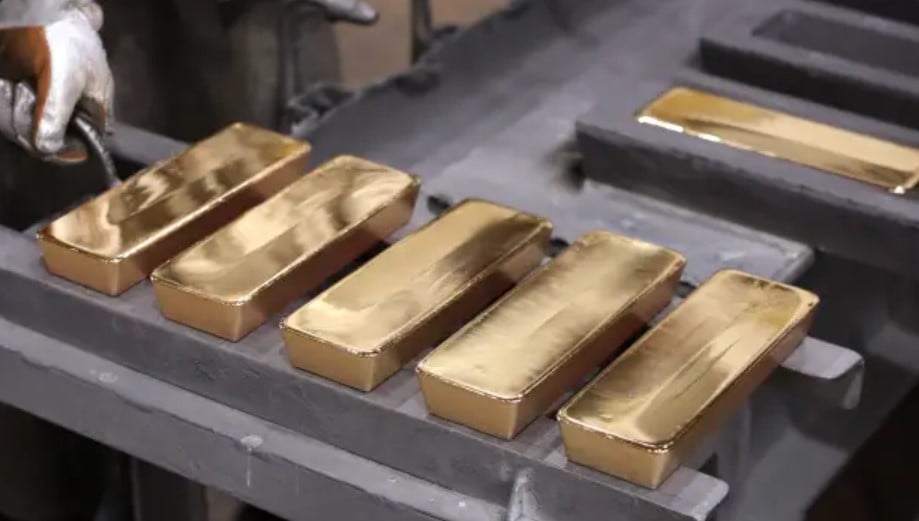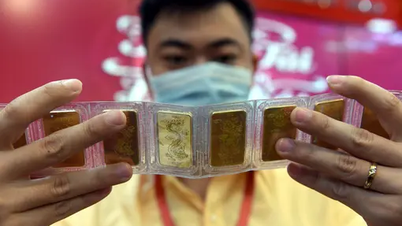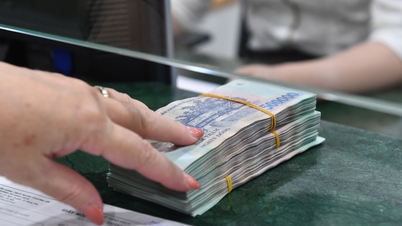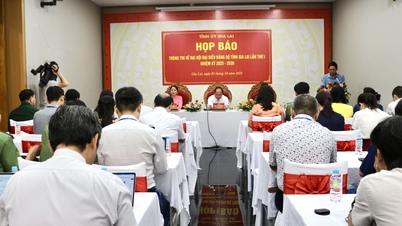Demand from China is playing an essential role
In its Q2 2023 Gold Demand Trends report, the WGC noted that gold prices reached a record average price of $1,976/ounce, up 6% from the second quarter of 2022 and up 4% from the previous record high reported in the third quarter of 2020.
In an interview with Kitco News, Juan Carlos Artigas, head of research at the WGC, said the banking crisis in May, when several regional banks in the US collapsed, created a significant risk event that boosted physical demand for gold bars and coins.
He added that general global uncertainty is supporting strong jewelry sales in key markets such as China.

Persistent economic uncertainty has created strong physical demand for gold, supporting prices at record levels in the second quarter, according to the latest research from the World Gold Council (WGC). Illustrative photo
“The fact that gold has remained quite strong throughout the second quarter is a sign that more strategic investors across all types of markets continue to find it useful to have this asset in their portfolios,” he said.
The WGC report shows that rising demand from China is playing a key role in the global gold market. Demand for gold bars and coins in China totaled 49.3 tonnes, up 32% year-on-year. Global coin and bar demand increased 6% to 277.5 tonnes.
“The 6% growth in bar and coin demand in Q2 was driven by very large surges in some markets – notably Türkiye and the Middle East – and was largely due to market-specific factors,” WGC analysts said in the report.
Another sign of the growing importance of physical gold can be seen in over-the-counter (OTC) markets, which the WGC notes are less detailed, making them difficult to track.
However, the WGC noted that global gold demand, excluding OTC, fell to 921 tonnes, down 2% year-on-year. However, when limited data from OTC markets are included, global gold demand rose to 1,255 tonnes, up 7% year-on-year in the second quarter of 2022.
“The ‘OTC and other’ investment element was significant at 335 tonnes in Q2. A number of factors contributed to this figure, including purchases of high-net-worth physical bullion products in some markets as well as inventory build-ups in key markets such as China and India. The growth in this type of demand appears to be at odds with the trend of net long positioning in the futures market, which fell by around 150 tonnes in the quarter to around 477 tonnes at the end of June,” the analysts wrote in the report.
The year-end outlook is not optimistic.
Looking to the second half of 2023, the WGC believes the ETF market is waiting for a catalyst.
“In our view, continuing the status quo will see demand weaken further in the second half of the year.
However, buying at lows is likely to be on the cards as prices weaken and event risk remains looming as the full impact of the unprecedented rate hike is yet to be felt,” analysts said.
Along with weak ETF demand, the WGC highlighted a slowdown in central bank gold purchases. Central banks bought 102.9 tonnes of gold between April and June, down 39% from the unprecedented demand reported in the second quarter of 2022, according to the report.
However, due to record demand in the first quarter, the WGC said demand in the first half of the year was the strongest since 2000.
Artigas said central bank demand is picking up in line with expectations.
The most significant change in central bank demand in the second quarter was due to heavy selling by the Turkish central bank, which sold 132 tonnes of gold. However, there were specific reasons behind Turkey’s gold sales. The central bank sold gold to support domestic demand as the government restricted gold imports to reduce its trade deficit.
The WGC noted that Turkish demand for jewelry, bars and coins in the first half of the year totaled 118 tonnes, the highest first half since 2007.
“Local dynamics in Türkiye have proven particularly positive for gold demand in recent quarters. Rising inflation, loose monetary policy, the weakest lira in history and a contested presidential election have proved a potent combination, even as the local currency has sent gold prices soaring to record highs,” analysts said.
The final pillar supporting the gold market in the second quarter was jewelry demand, which increased 3% due to new Chinese demand.
“Global gold jewellery consumption in the second quarter was 476 tonnes, 3% higher than the same period last year, as strength in China outweighed weakness in India,” the WGC said. “Against a very high gold price environment, jewellery demand has recovered significantly so far this year. The outlook for the sector for the rest of the year is less positive as prices remain well supported and consumers around the world face a deteriorating economic picture.”
Source



![[Photo] Keep your warehouse safe in all situations](https://vphoto.vietnam.vn/thumb/1200x675/vietnam/resource/IMAGE/2025/10/1/3eb4eceafe68497989865e7faa4e4d0e)

![[Photo] Hanoi morning of October 1: Prolonged flooding, people wade to work](https://vphoto.vietnam.vn/thumb/1200x675/vietnam/resource/IMAGE/2025/10/1/189be28938e3493fa26b2938efa2059e)
![[Photo] President of the Cuban National Assembly visits President Ho Chi Minh's Mausoleum](https://vphoto.vietnam.vn/thumb/1200x675/vietnam/resource/IMAGE/2025/10/1/39f1142310fc4dae9e3de4fcc9ac2ed0)



























































































Comment (0)